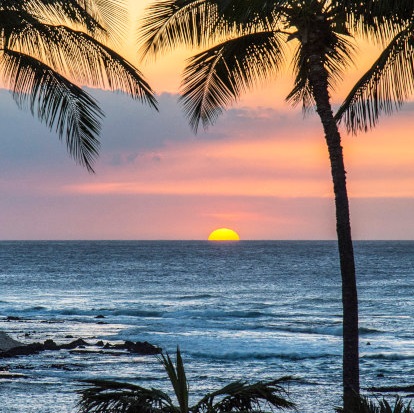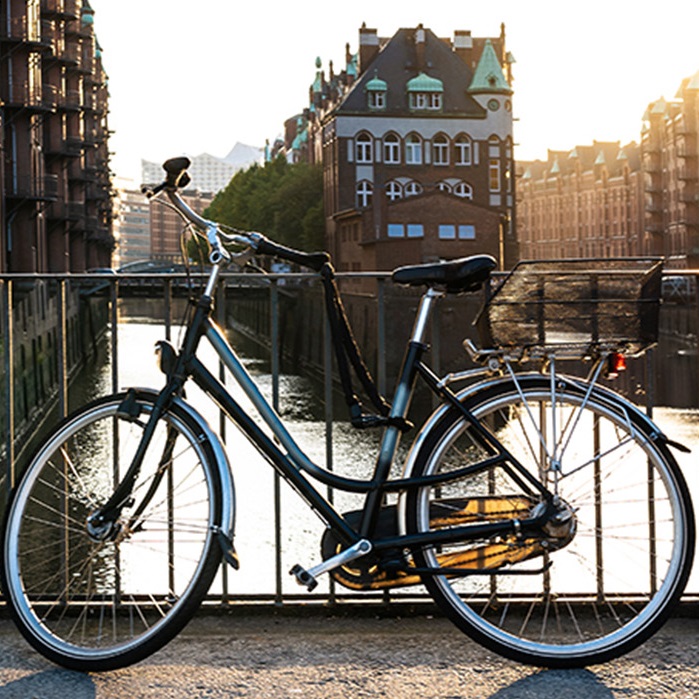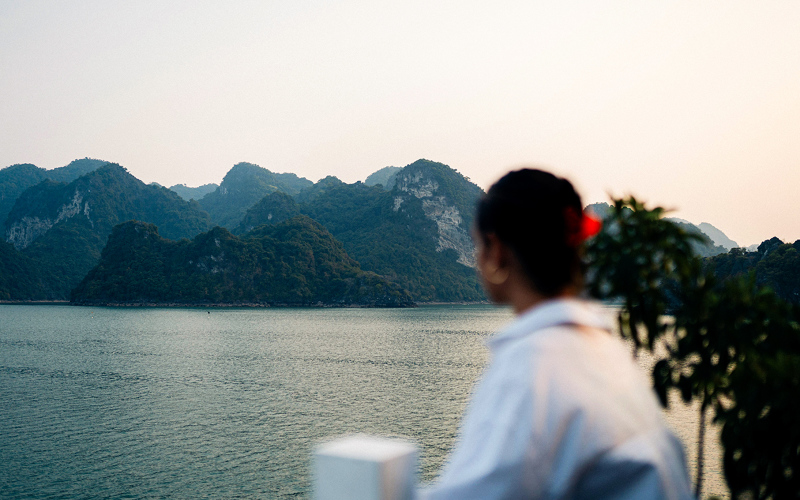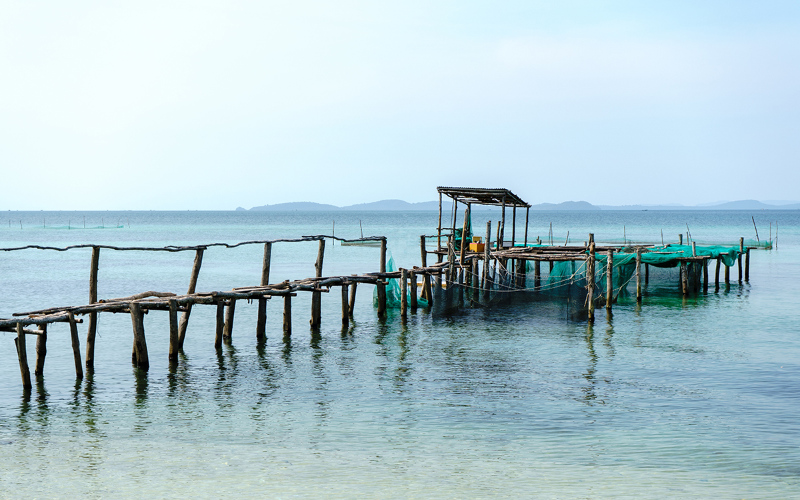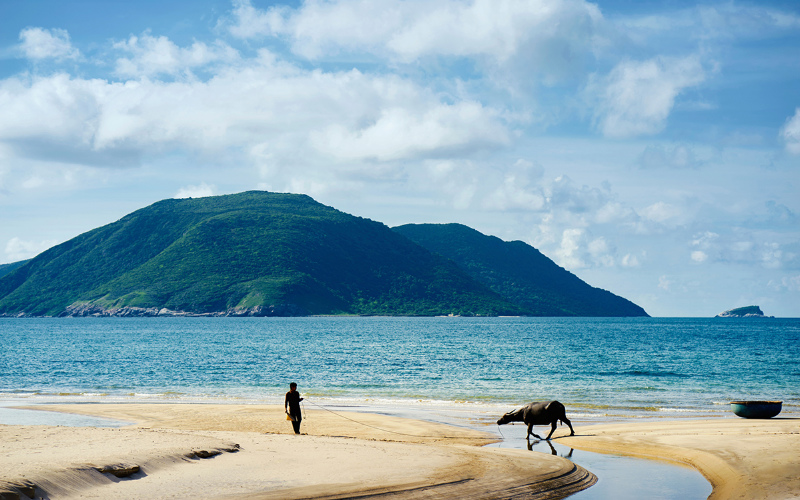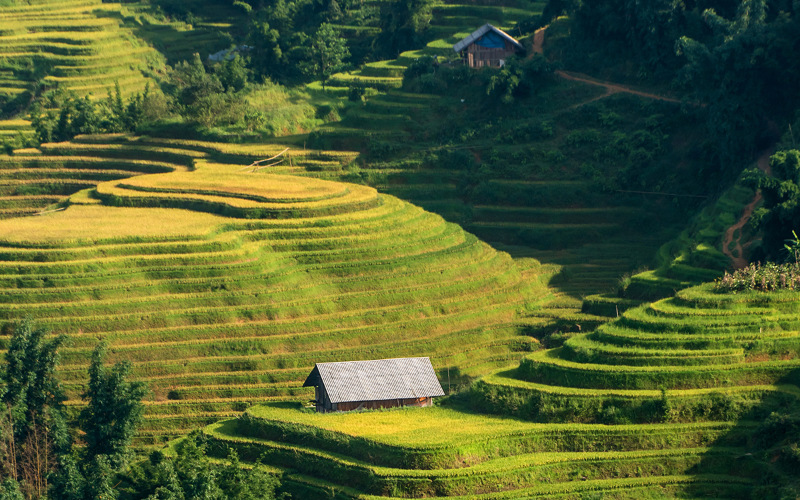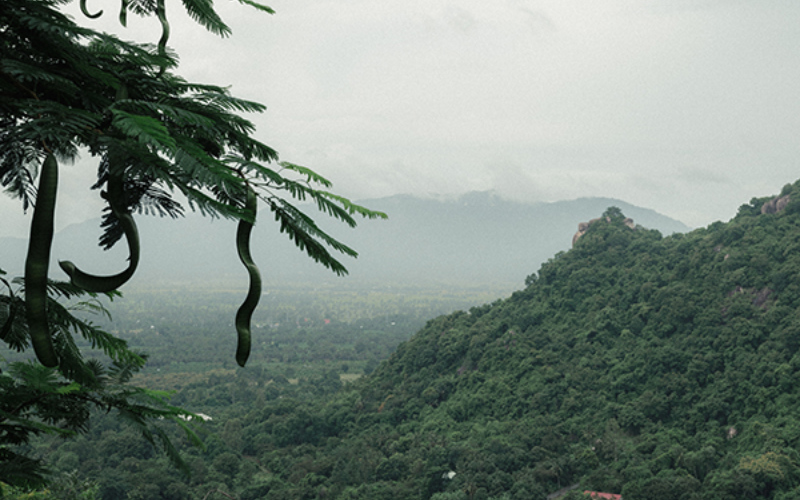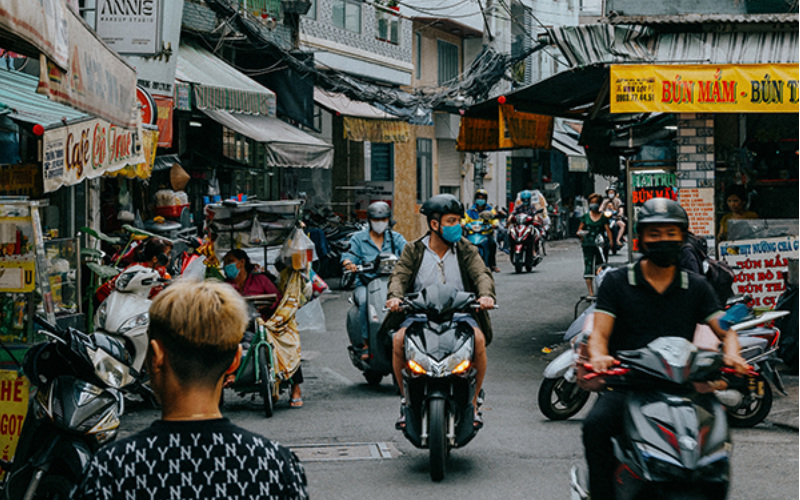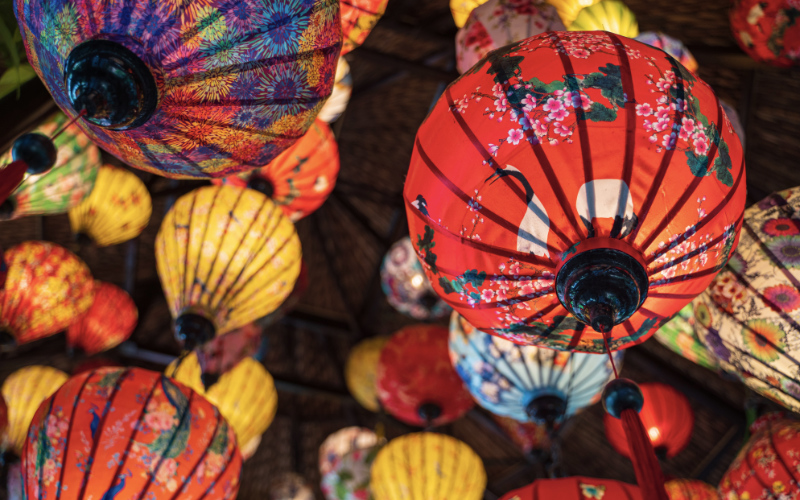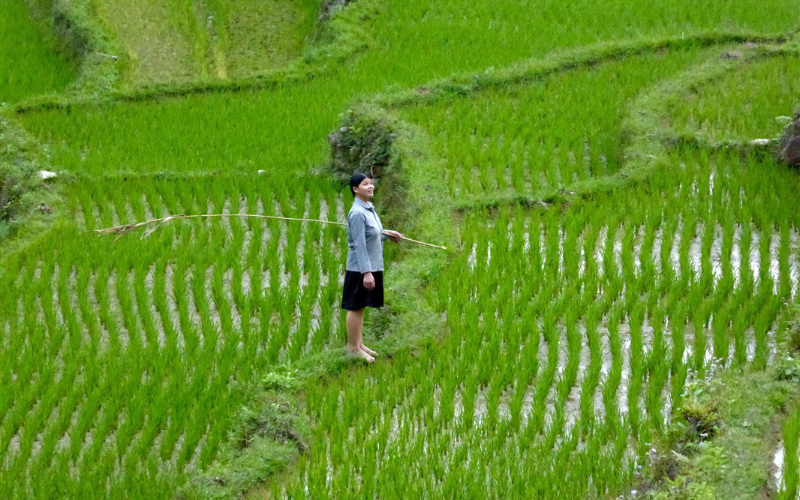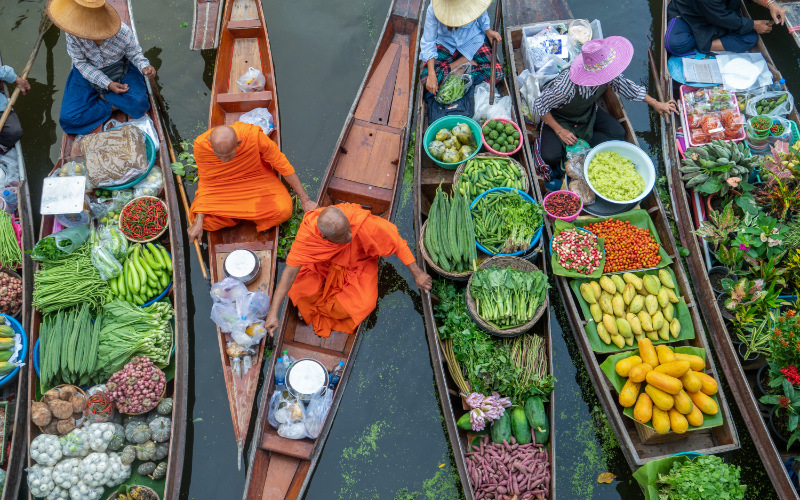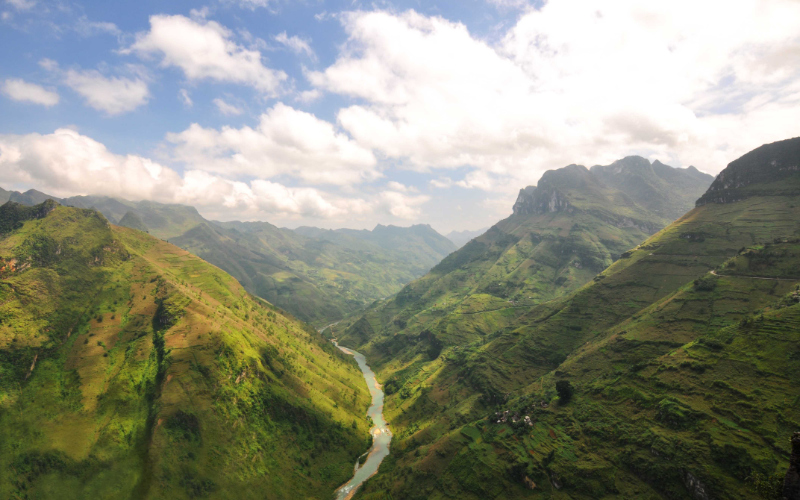Stretching a mighty 1,025 miles from north to south, Vietnam knows a thing or two about diverse climates. Tropical monsoons hit different parts of the country throughout the year, so knowing when and where to go is crucial (unless you don’t mind travelling with a raincoat). Looking to conquer the whole country? Plan a trip between November and April for your best shot at avoiding downpours across the northern, central and southern regions. You’ll be treated to a mix of beaches, mountains and cities under clear, sunny skies. After a more specific breakdown of the best time to visit Vietnam? Read on for our month-by-month deep dive into where to go and what to do each month of the year...
Hoi An
The city of Hoi An has a tropical climate because of its location in central Vietnam. Temperatures here are generally fairly pleasant throughout the year, averaging between 25°C and 30°C. In Hoi An, the dry season runs from February to May when it tends to be warm and sunny. Temperatures then rise again, reaching their highest levels in June and July. The rainy season arrives in September and lasts until January, with very heavy showers, but the sun does still manage to break through during the day. Rainfall reaches 13 inches in September and nearly 16 inches in November, while the apex is in October with rainfall often exceeding 20 inches. In December, as in January, temperatures are at their coolest, with maximum averages of 25°C.
Hanoi
Vietnam's capital lies in on the Red River Delta. Temperature ranges are fairly stable in this region, located in north Vietnam. The mercury here rarely falls below 10°C in winter (January), and it doesn't often get above the 35°C mark in summer, which is between June and August. Average maximum temperatures between May and August in Hanoi range from 33°C to 34°C, while during the winter period, average maximum temperatures are usually around 21°C and 22°C from December to February. The mildest months are in the dry season, which runs from November to March. Hanoi's rainy season is between May and September, when the city experiences heavy rainfall. Almost ten inches of rain usually falls in June alone, with nearly 13 and 14 inches in July and August respectively.
Sapa (Tonkin Alps)
The mountainous Sapa region (formerly known as the Tonkin Alps) start near Lang Son, not far from the Red River. The Chinese border is not far away either, and in this vast region the altitude can reach 4600-5000ft. The climate in the area is relatively mild, with a dry season between October and March, and a rainy season between June and September. June is also the month with the highest temperatures, which can become suffocating due to the altitude. Similarly, be aware that, as in the period between November and February when the climate is relatively cool, the skies are grey and drizzly. In the mountainous Sapa region of the Tonkin Alps, temperatures are pleasantly warm between October and May, ranging from 20°C to 28°C during the day. During the rainy season, temperatures vary a lot, and the mercury can rise from 15°C to over 30°C in less than 24 hours. Tropical showers are heavy, but always very short.
Nha Trang
As in the rest of Vietnam, the weather in Nha Trang is very pleasant in March and April. But unlike southern Vietnam, the Nha Trang area escapes the monsoons during the summer and the weather there remains pleasant. In fact, the weather in Nha Trang is good for about ten months out of the year. The highest maximum temperatures are in July and August, with the mercury reaching up to 35°C. September and October are still warm, with maximum air temperatures between 28°C and 30°C, which is also the same between March and April. However, towards the end of the year rainfall increases, peaking in November with more than 11 inches. The driest months are March, April, May and June, with less than two inches of rainfall.
Phu Quoc
The island of Phu Quoc lies in the Gulf of Thailand. Also known as Pearl Island, it's Vietnam's largest island, with a tropical climate. On the island the dry season runs from November to late May, while the rainy season with its monsoons runs from June to November. This simple, two-season climate means the island is great to visit all year round. Even during the rainy season, showers are short (usually only lasting a few minutes), and temperatures are still high, sitting between 27°C and 30°C. During the dry season, the mercury tends to rise above 30°C and towards 35°C.
Ho Chi Minh City
As the other areas of Vietnam, the climate in Ho Chi Minh City is dictated by two major seasons. The first is the rainy season with monsoons, which begins in May and lasts until the end of September. In this season rainfall is torrential, with more than 12 inches of rain in June and July, and even close to 14 inches in September. In contrast, the dry season runs between November and April and sees limited rainfall. February is traditionally the driest month. Average maximum temperatures are high all year round in Ho Chi Minh City, with the highest temperatures usually between March and May, averaging above 37°C.


